Republic of Ireland
Republic of Ireland
The Republic of Ireland, located in northwestern Europe, is a sovereign nation known for its rich cultural heritage, stunning landscapes, and warm hospitality. Dublin, its vibrant capital, boasts historic landmarks like Trinity College and the Guinness Storehouse. Beyond the city, Ireland’s countryside is dotted with lush green fields, rugged coastlines, and ancient castles steeped in history. The Irish people are renowned for their friendliness and love of music and literature, making a visit to Ireland a memorable experience filled with charm and character.
The Republic of Ireland, located in northwestern Europe, is a sovereign nation known for its rich cultural heritage, stunning landscapes, and warm hospitality. Dublin, its vibrant capital, boasts historic landmarks like Trinity College and the Guinness Storehouse. Beyond the city, Ireland’s countryside is dotted with lush green fields, rugged coastlines, and ancient castles steeped in history. The Irish people are renowned for their friendliness and love of music and literature, making a visit to Ireland a memorable experience filled with charm and character.
Iconic Landmarks
Iconic Landmarks

The Rock of Cashel, located in County Tipperary, Ireland, is a historic site perched atop a limestone hill. It is renowned for its medieval architecture, including a 12th-century round tower, a beautifully preserved Celtic cross, and the imposing Cormac’s Chapel with its intricate Romanesque details. Once a seat of Irish kings and later a prominent religious center, the Rock of Cashel offers visitors a glimpse into Ireland’s rich history and architectural heritage amidst stunning panoramic views of the surrounding countryside.
The Rock of Cashel, located in County Tipperary, Ireland, is a historic site perched atop a limestone hill. It is renowned for its medieval architecture, including a 12th-century round tower, a beautifully preserved Celtic cross, and the imposing Cormac’s Chapel with its intricate Romanesque details. Once a seat of Irish kings and later a prominent religious center, the Rock of Cashel offers visitors a glimpse into Ireland’s rich history and architectural heritage amidst stunning panoramic views of the surrounding countryside.


Galway Cathedral is a prominent Roman Catholic cathedral located in Galway City, Ireland. Designed by architect John J. Robinson and consecrated in 1965, it stands out for its stunning Renaissance-style dome and impressive limestone exterior. Inside, visitors are captivated by intricate mosaics, beautiful stained glass windows, and a serene atmosphere conducive to prayer and reflection. The cathedral remains a significant spiritual and architectural landmark in Galway.

Galway Cathedral is a prominent Roman Catholic cathedral located in Galway City, Ireland. Designed by architect John J. Robinson and consecrated in 1965, it stands out for its stunning Renaissance-style dome and impressive limestone exterior. Inside, visitors are captivated by intricate mosaics, beautiful stained glass windows, and a serene atmosphere conducive to prayer and reflection. The cathedral remains a significant spiritual and architectural landmark in Galway.
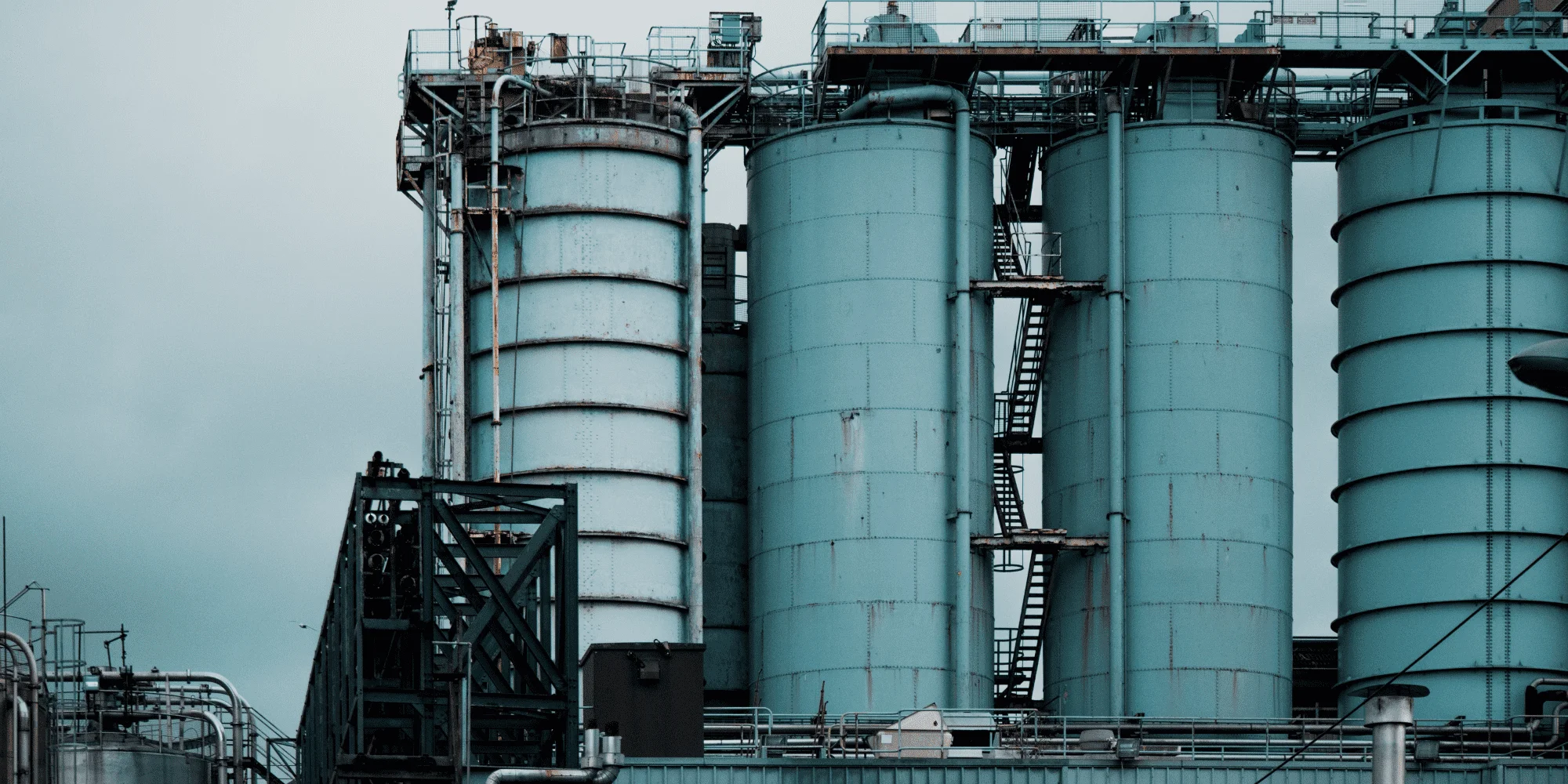

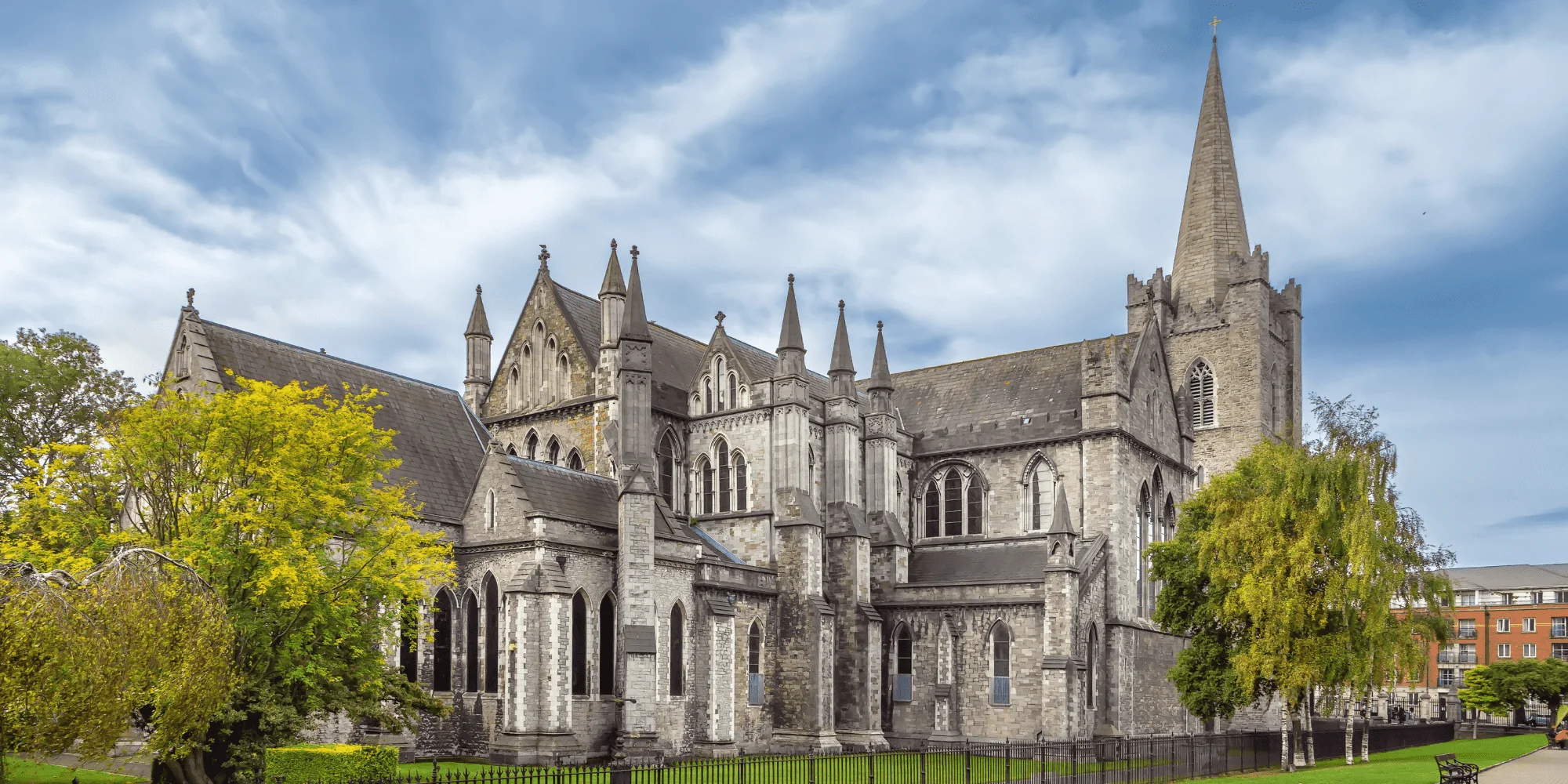
St. Patrick’s Cathedral in Dublin, Ireland, is a magnificent Gothic-style cathedral that stands as one of the country’s most important religious landmarks. Built in the 12th century and dedicated to Ireland’s patron saint, St. Patrick, it showcases stunning architecture with its soaring spires and intricate stained glass windows. The cathedral attracts visitors from around the world to admire its beauty and learn about Ireland’s rich heritage.

St. Patrick’s Cathedral in Dublin, Ireland, is a magnificent Gothic-style cathedral that stands as one of the country’s most important religious landmarks. Built in the 12th century and dedicated to Ireland’s patron saint, St. Patrick, it showcases stunning architecture with its soaring spires and intricate stained glass windows. The cathedral attracts visitors from around the world to admire its beauty and learn about Ireland’s rich heritage.



Killarney National Park, located in County Kerry, Ireland, is renowned for its breathtaking beauty and rich biodiversity. It encompasses rugged mountains, pristine lakes, and lush woodlands, creating a haven for outdoor enthusiasts and nature lovers alike. Within the park, visitors can explore historic sites such as Muckross House and Gardens, enjoy scenic drives along the famous Ring of Kerry, and embark on hiking trails offering stunning vistas of the surrounding countryside.

Killarney National Park, located in County Kerry, Ireland, is renowned for its breathtaking beauty and rich biodiversity. It encompasses rugged mountains, pristine lakes, and lush woodlands, creating a haven for outdoor enthusiasts and nature lovers alike. Within the park, visitors can explore historic sites such as Muckross House and Gardens, enjoy scenic drives along the famous Ring of Kerry, and embark on hiking trails offering stunning vistas of the surrounding countryside.

Kylemore Abbey, located in Connemara, Ireland, is a breathtaking Victorian-era castle and monastery set against the backdrop of the picturesque Twelve Bens mountain range and Kylemore Lake. Now an abbey, it features beautifully preserved rooms, a Gothic church, and extensive gardens, including the renowned Victorian Walled Garden, which showcases a variety of rare plants and flowers, making it a peaceful retreat for visitors to explore and enjoy.
Kylemore Abbey, located in Connemara, Ireland, is a breathtaking Victorian-era castle and monastery set against the backdrop of the picturesque Twelve Bens mountain range and Kylemore Lake. Now an abbey, it features beautifully preserved rooms, a Gothic church, and extensive gardens, including the renowned Victorian Walled Garden, which showcases a variety of rare plants and flowers, making it a peaceful retreat for visitors to explore and enjoy.

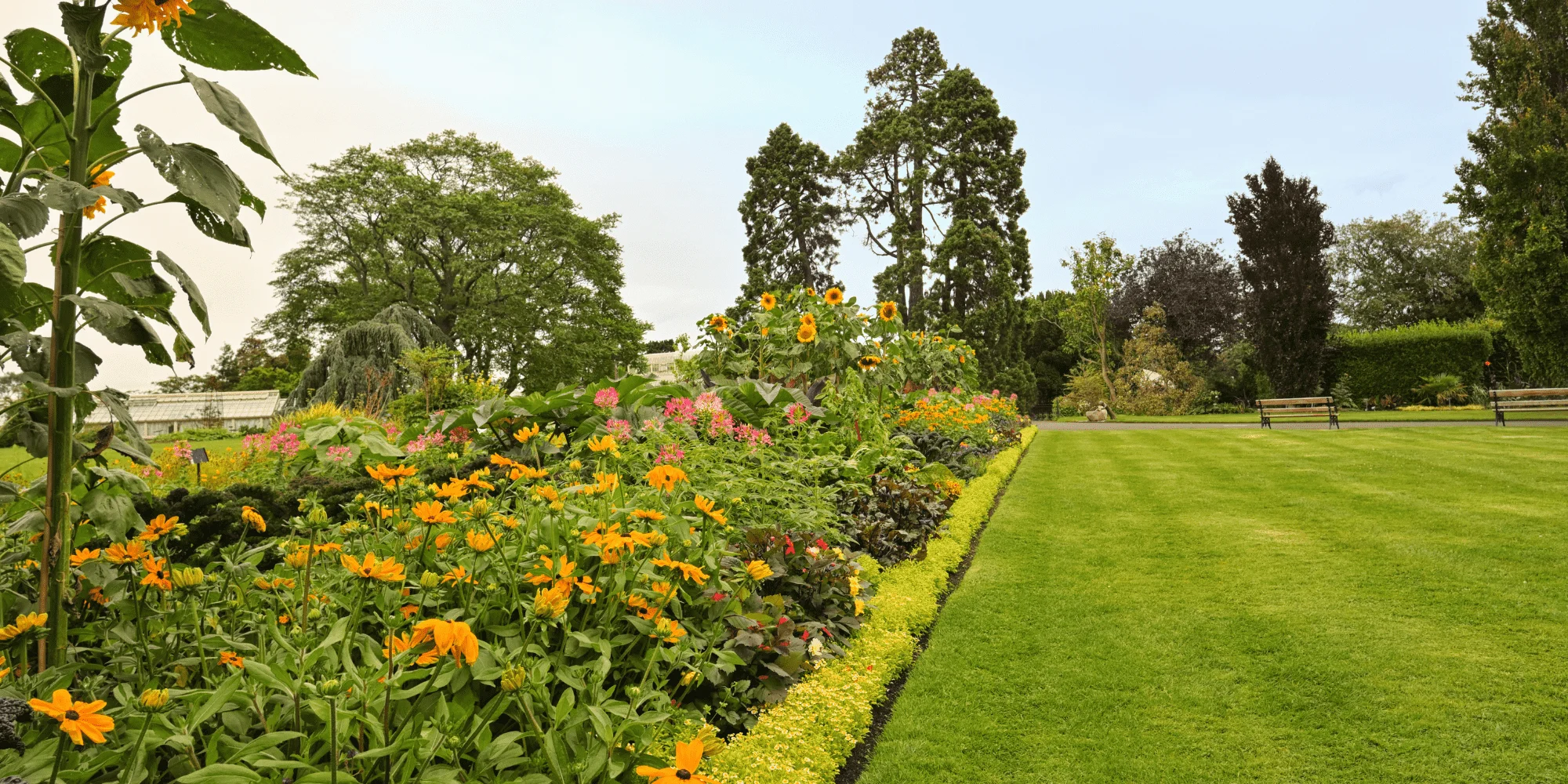
The National Botanic Gardens of Ireland, located in Dublin, are a haven for plant enthusiasts and nature lovers alike. Established in 1795, these gardens span over 50 acres and showcase a diverse collection of plants, including rare and endangered species. Visitors can explore themed gardens, such as the rose garden and rockery, as well as extensive glasshouses housing tropical and desert plants. The gardens also serve as a center for research, conservation, and education.

The National Botanic Gardens of Ireland, located in Dublin, are a haven for plant enthusiasts and nature lovers alike. Established in 1795, these gardens span over 50 acres and showcase a diverse collection of plants, including rare and endangered species. Visitors can explore themed gardens, such as the rose garden and rockery, as well as extensive glasshouses housing tropical and desert plants. The gardens also serve as a center for research, conservation, and education.


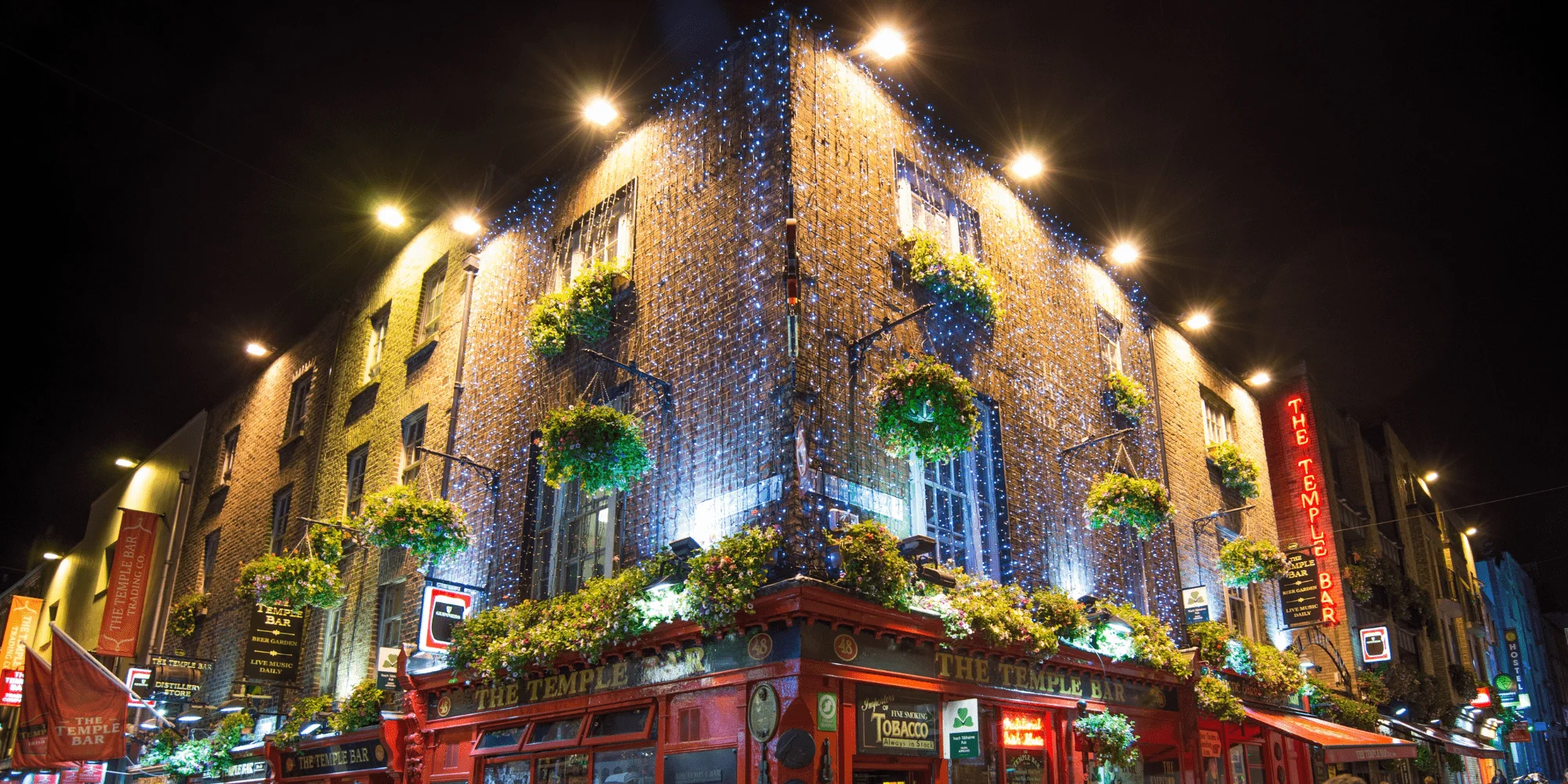
Temple Bar is Dublin’s cultural quarter, renowned for its lively atmosphere, vibrant pubs, and artistic vibe. Located on the south bank of the River Liffey, Temple Bar is a hub for nightlife, live music, and arts events. It’s also home to numerous galleries, theaters, and studios, making it a popular destination for both locals and tourists seeking a taste of Dublin’s creative energy and historical charm. It offers visitors a rich tapestry of experiences from traditional pubs to eclectic galleries.

Temple Bar is Dublin’s cultural quarter, renowned for its lively atmosphere, vibrant pubs, and artistic vibe. Located on the south bank of the River Liffey, Temple Bar is a hub for nightlife, live music, and arts events. It’s also home to numerous galleries, theaters, and studios, making it a popular destination for both locals and tourists seeking a taste of Dublin’s creative energy and historical charm. It offers visitors a rich tapestry of experiences from traditional pubs to eclectic galleries.
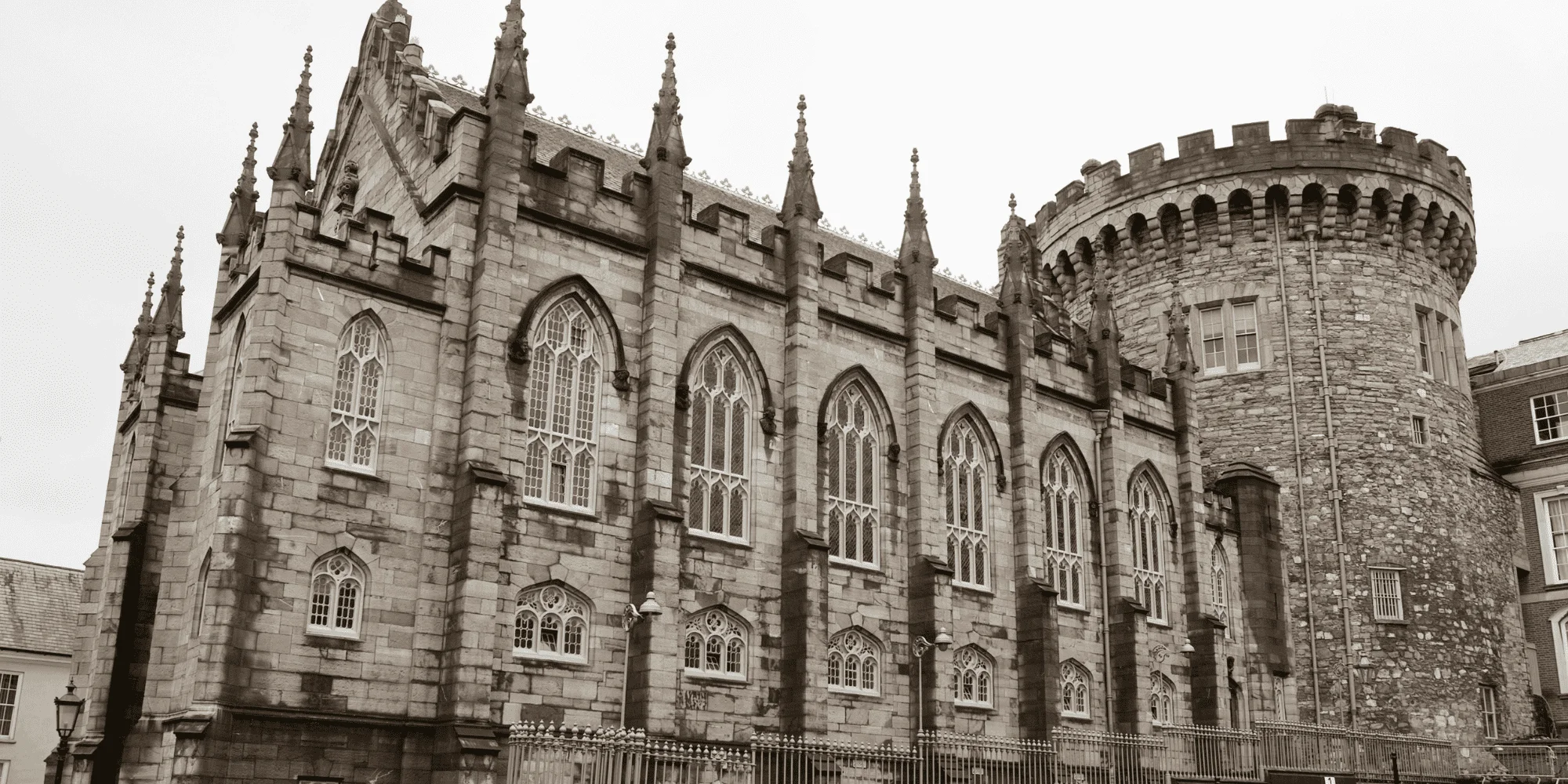
Dublin Castle, located in the heart of Ireland’s capital city, Dublin, is a historic landmark that dates back to the 13th century. Originally built as a defensive fortification, it has evolved over the centuries into a symbol of Ireland’s rich history and culture. It has served various purposes, including as a royal residence, military fortress, and governmental center. Today, visitors can explore its impressive architecture, gardens, and medieval undercroft, gaining insights into Ireland’s political and social past.
Dublin Castle, located in the heart of Ireland’s capital city, Dublin, is a historic landmark that dates back to the 13th century. Originally built as a defensive fortification, it has evolved over the centuries into a symbol of Ireland’s rich history and culture. It has served various purposes, including as a royal residence, military fortress, and governmental center. Today, visitors can explore its impressive architecture, gardens, and medieval undercroft, gaining insights into Ireland’s political and social past.


